Many years ago, I remember being excited at the news that a new project for Eureka Seven was being teased. And the crushing disappointment that it turned out to be a new pachinko machine (though a few years later “AO” did get announced). This cycle has repeated itself numerous times in my decades of anime fandom – it’s something of an in-joke among anime fans.
And that was pretty much all I knew about pachinko before I moved to Japan – that and it was something like “pinball played for money”. Living here, the main addition to that body of knowledge is the absolutely astonishing degree of cigarette stink pachinko halls give off. Just getting without 20 yards of one I felt like puking – I could never imagine actually going inside. But the truth is, pachinko (the modern industry began in the decade immediately after WW II) is an enormous industry in Japan. Truly – most people have no idea. The numbers (some a few years old) are just staggering:
- Pachinko generates more revenue than Las Vegas, Macau, and Singapore combined.
- Pachinko is directly responsible for 5.6% of Japan’s GDP, and .52% of its employment.
- 9.04% of Japanese men are pathological gamblers.
So what is pachinko, anyway? There are many long answers. A cultural phenomenon, a national disease, a mammoth industry. The short answer is, a means to circumvent the fact that gambling is technically illegal in Japan. To get around this, pachinko players collect little steel balls (imprinted with the logo of the establishment to avoid fraud – not always successfully). These are traded for tokens, which are then “sold” to an off-premises broker usually owned by the pachinko parlor. It’s about as transparent as it gets, but technically it makes pachinko legal and the authorities don’t rock the boat. The idea of the game is to get the balls to fall into the holes (“catchers”) in the machine before they reach the bottom and are lost. There have been numerous tweaks through the years to keep interest up, but that’s the gist of it.
It’s estimated that 80% of Japan’s pachinko parlors are owned by people of Korean descent (zainicbi). This is mainly due to a flight of Japanese owners away from the business after legal changes which made it more difficult to operate in 1954. This option was not open to ethnic Koreans due to racial discrimination, so they remained in the industry. Pachinko is also a common channel for money laundering by yakuza organizations due to its “grey market” status (though this has become less widespread due to legal crackdowns for PR purposes). In point of fact as lucrative as it is now, the industry peaked in the mid-2000’s and has been in gradual decline since. In 2005 it generated ¥35 trillion in revenue, a number which fell to ¥14.6 trillion by 2020. The number of parlors has decreased from about 18200 to 7665 during that time.
Decline or not, pachinko is still a staple of Japanese society. All but the smallest towns have at least one hall, often the biggest building around. Get off the train in any Japanese city of town of any consequence and you’ll see them – garish, brightly lit neon monstrosities abutting the train station (and if you don’t see them you’ll certainly smell them). One can attribute its popularity to the fact that (apart from tightly-controlled horse racing) pachinko is the only “legal” gambling in Japan, but surely it goes deeper than that.
Many theories abound on this topic. Some cite the brutal relentlessness of salaryman life in Japan, leaving men desperate for some sort of mindless release for their built-up stress. Others make note of the cramped nature of many Japanese houses and apartments, making sprawling and open pachinko parlors a draw. Whatever one concludes, it seems very clear that there’s something integral to the Japanese experience – especially the 20th Century experience – in pachinko.
As is my wont in these sorts of pieces, I mused on the role of pachinko in anime and manga (apart from the syndrome from the first paragraph). And to be honest there isn’t much of one. But there is a popular Apple TV series simply called “Pachinko” that explores the theme through the lens of a zainichi family involved in the pachinko trade over multiple generations. The series is critically acclaimed and popular, but has been met with silence (or worse) across most of Japanese society. Racism directed against zainichi has been a constant in Japan since long before pachinko existed, and remains in full force today – often just as openly as ever.
As far as anime and manga, though, apart from one arc in Kaiji it would be pretty slim pickings as far as anything non-Japanese fans will have heard of. There are some series based on pachislot (modern electronic pachinko models, like the E7 one) games – but you’d likely never guess they had any pachinko connection unless you knew beforehand (and the reverse is far more common). The strongest connection in truth is that anime, because licensing fees are relatively cheap, provides the theme for a lot of modern pachislot machines (I’ve seen dozens of Evangelion ones alone advertised).
And here’s the hard truth of that. Without the money provided in those licensing fees, some anime would never even be produced. Gaming companies are on the production committees of some series. There are some creators (like Toriyama Akira) who have refused (and have had the clout to) to have their works licensed for pachinko. But most are in no position to do that. And since the pachinko industry is many orders of magnitude bigger and richer than the anime industry, the money it provides can be the difference between a series being produced or not. That’s not something anime studios and promoters want you to talk about, but then – in many quarters of polite society in Japan, the same could be said of pachinko itself.
Thanks once again to LiA MVP Nicc for commissioning this article!


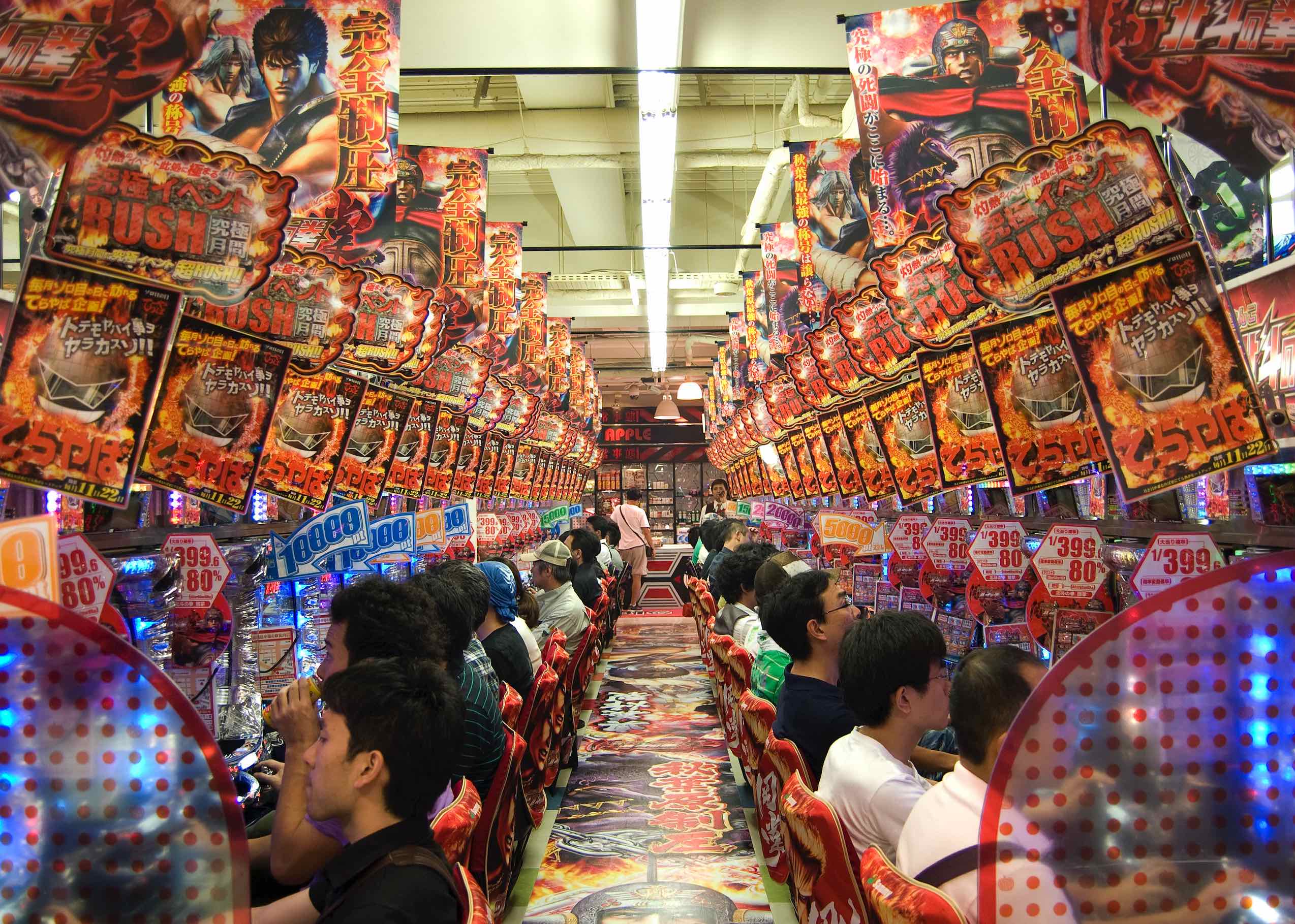
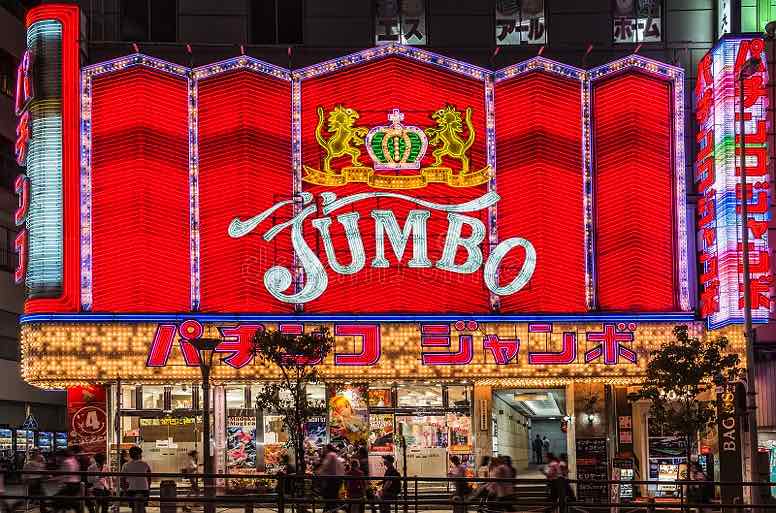


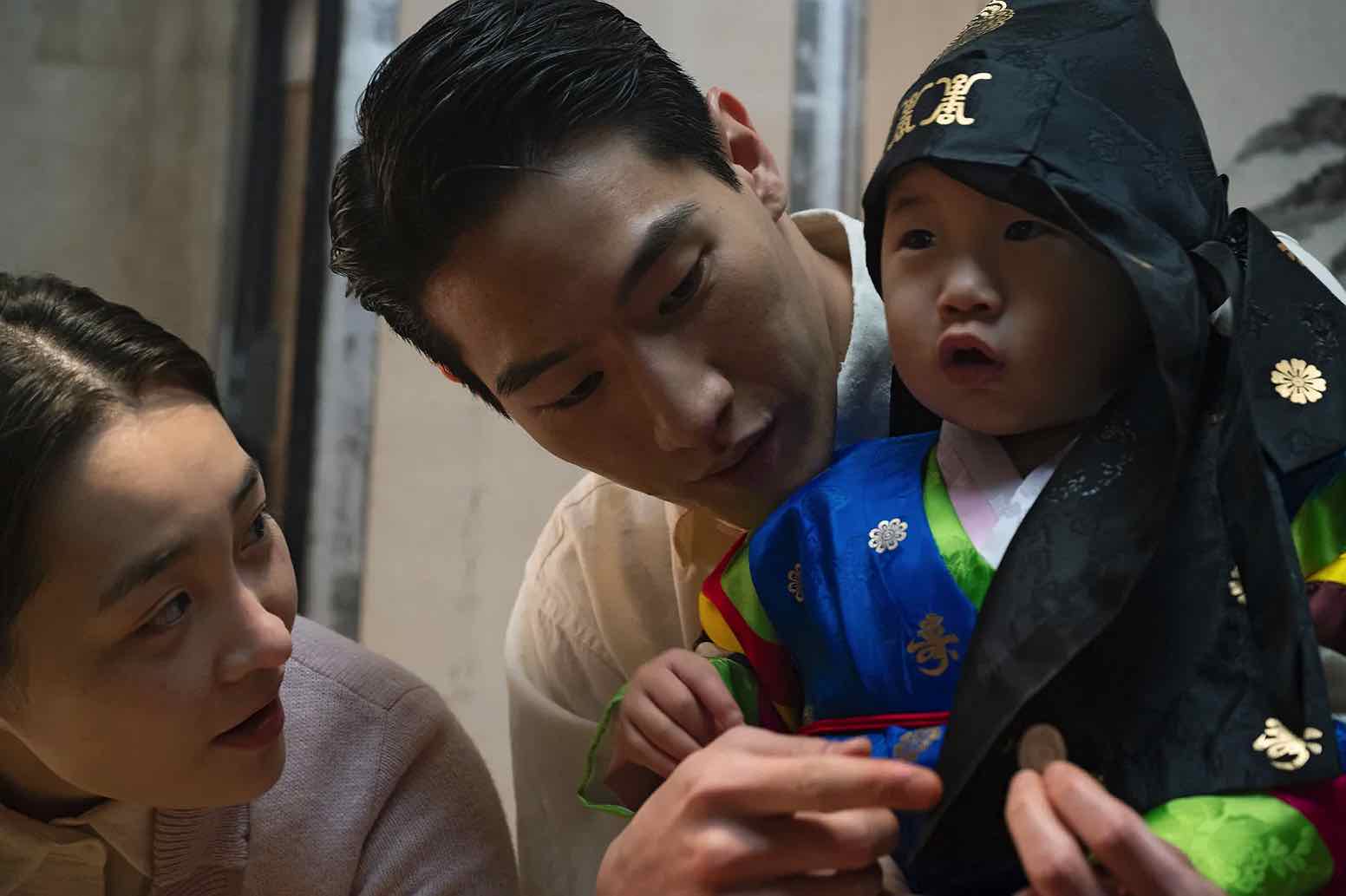
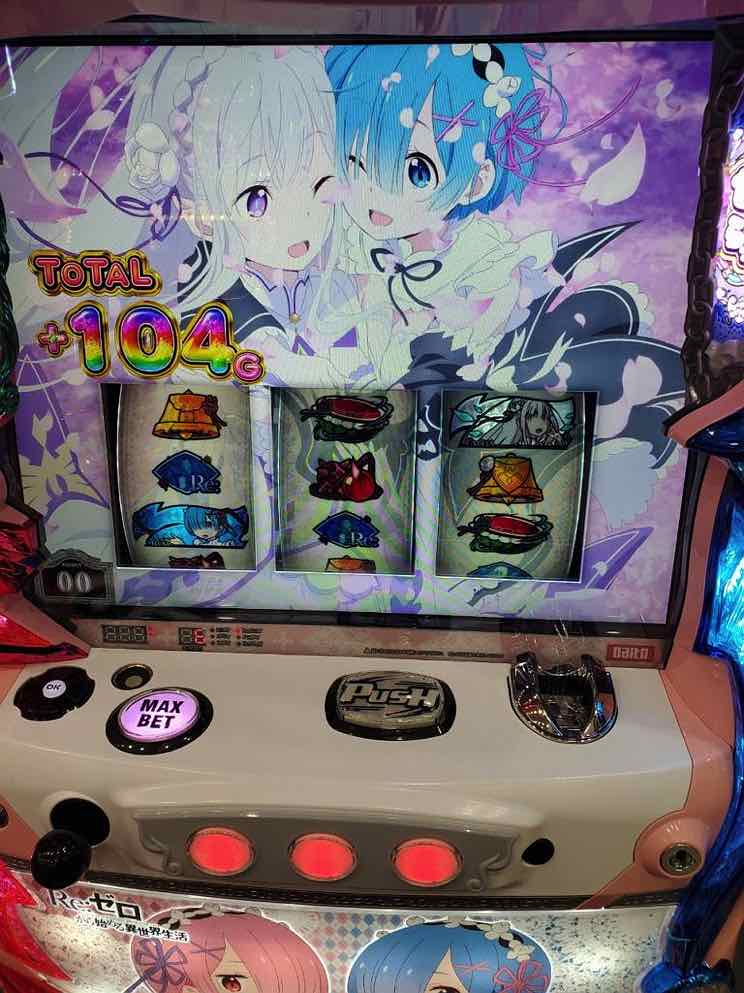
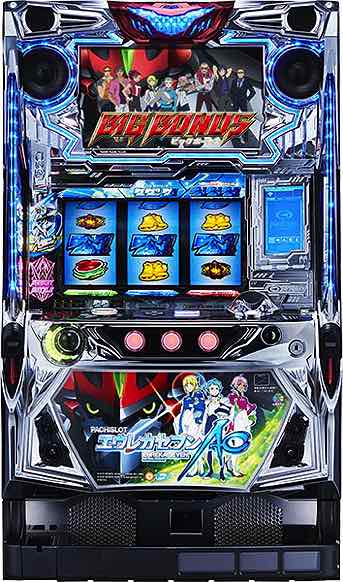
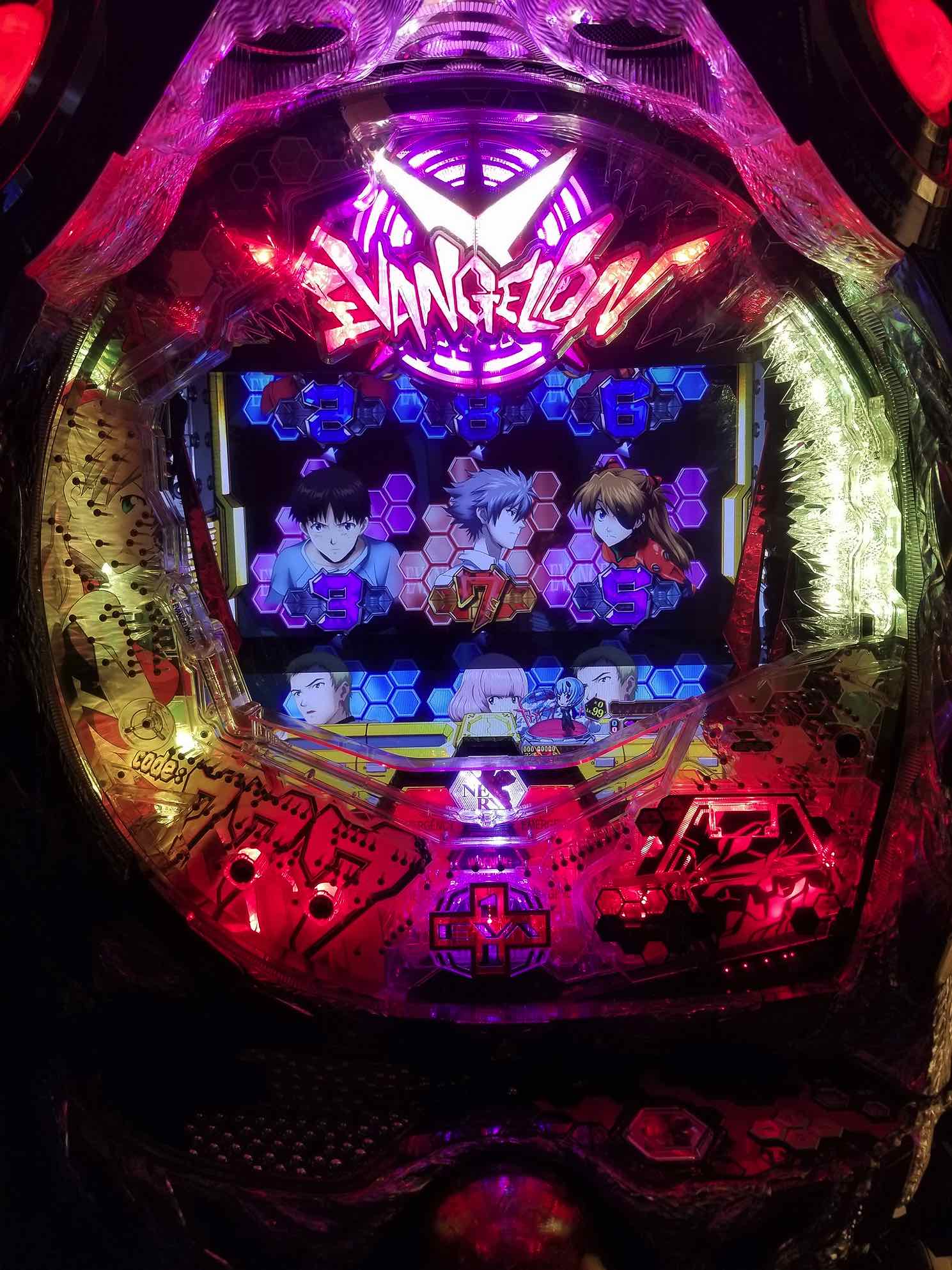
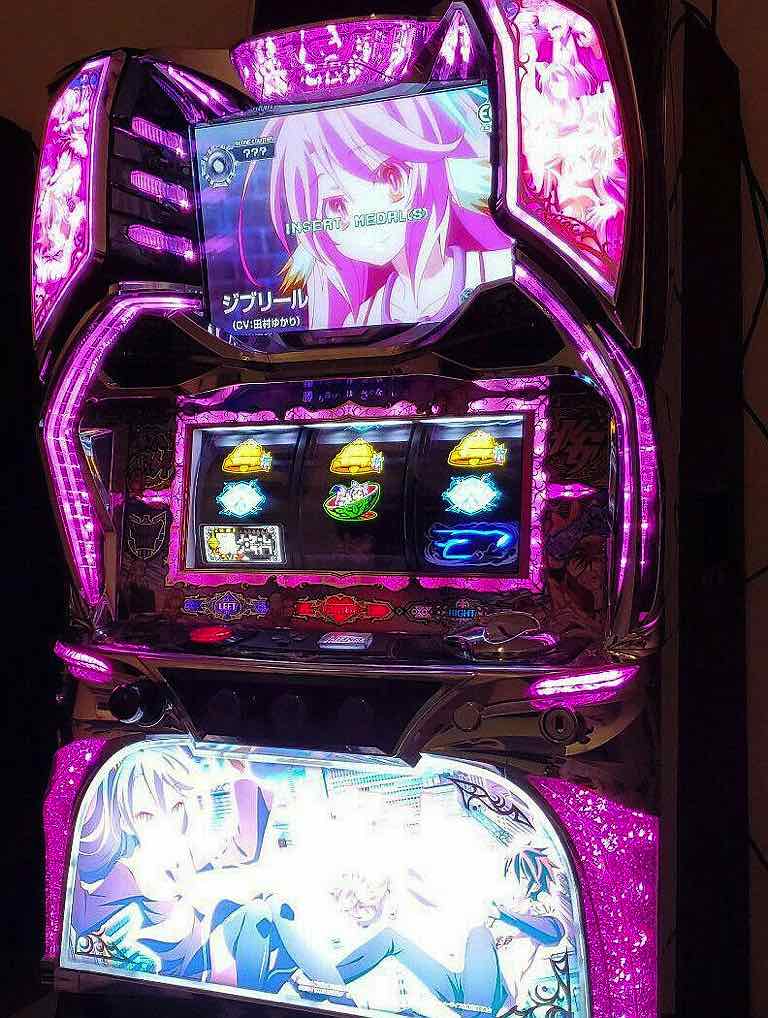


Raikou
September 28, 2024 at 11:26 amInteresting. I know a thing or two about Pachinko, but this article adds new information for me. Thanks you to Nicc and you for the article, Enzo.
With Pachinko marketing some series probably would get new seasons, but I get that some creator probably felt like a sellout of they let their series licensed for Pachinko.
Have you watched that Pachinko series, Enzo? A lot of article said that it’s good but I haven’t tried it myself.
Guardian Enzo
September 28, 2024 at 12:00 pmTBH I had never heard of it before researching this piece. I have a huge TV backlog but I’ll certainly consider it.
nickk
September 28, 2024 at 11:29 amI do remember the stench of cigarette smoke emitting from the pachiko parlours when I visited Japan, and high school me thought it was some kind of arcade for adults. It is very interesting that they manage to somehow incorporate anime characters with the pachinko machines – not too sure how that works (is the gameplay affected?), but it may be worth a try the next time I am in Japan!
Guardian Enzo
September 28, 2024 at 12:02 pmI think they incorporate video sequences into the gameplay.
Even if I had the urge to try pachinko (which I don’t) I could never deal with the smell. I would literally be ill.
Nicc
October 1, 2024 at 7:03 amThanks again for taking up this commission. Pachinko is something about Japan that I’ve know about for quite some time. It was also easy for me to forget because it’s rarely brought up. Yep, I too am familiar with the old trope of a new project teaser that turned out to be for a pachinko machine. It’s not something that we see that often anymore and such teasers are now more likely to be for a mobile game. I too was amazed about how big the numbers were for pachinko during my own cursory research. That’s a whole lot of money going into those little steel balls.
It does seem like the main difference between a pachinko machine and a pinball machine (Besides the vertical layout of the former) is that pinball is considered a game of skill while pachinko is considered a game of chance. Speaking of pinball, I remember when “The Who” performed at a Superb Owl halftime show. I’m sure that at one point in the concert lots of kids turned to their parents and asked, “Dad/Mom, what’s pinball?”. I wonder how many people born after 2010 have seen a pinball machine before.
That’s very interesting about the connection between licenced pachinko machines and anime. I thought it was just an extra revenue stream, but I didn’t realize it was that big. True, we don’t see a whole of that or pachinko being talked about and it seems well-hidden to the outside world. I remember the old “Pokémon” games had a Game Corner where you can play minigames to win coins. At some places, the coins are redeemed at an adjacent building. I always thought that was a strange extra step until I figured it out later. That’s when I also realized there was a lot of gambling minigames in the early games. I wonder if Ash ever hit the slots in his downtime when he wasn’t vying to be the very best like no one ever was. Thanks again for the commission and it was illuminating as those machines.
Guardian Enzo
October 1, 2024 at 7:25 amThanks as always, Nicc! I don’t think pachinko licensing is as big a factor on some production committees as it was a few years ago, but at one time it was a huge component for a lot of series.
I don’t think there’s much skill involved in pachinko at all as far as I can tell. But never having played my opinion is not based on first-hand knowledge.